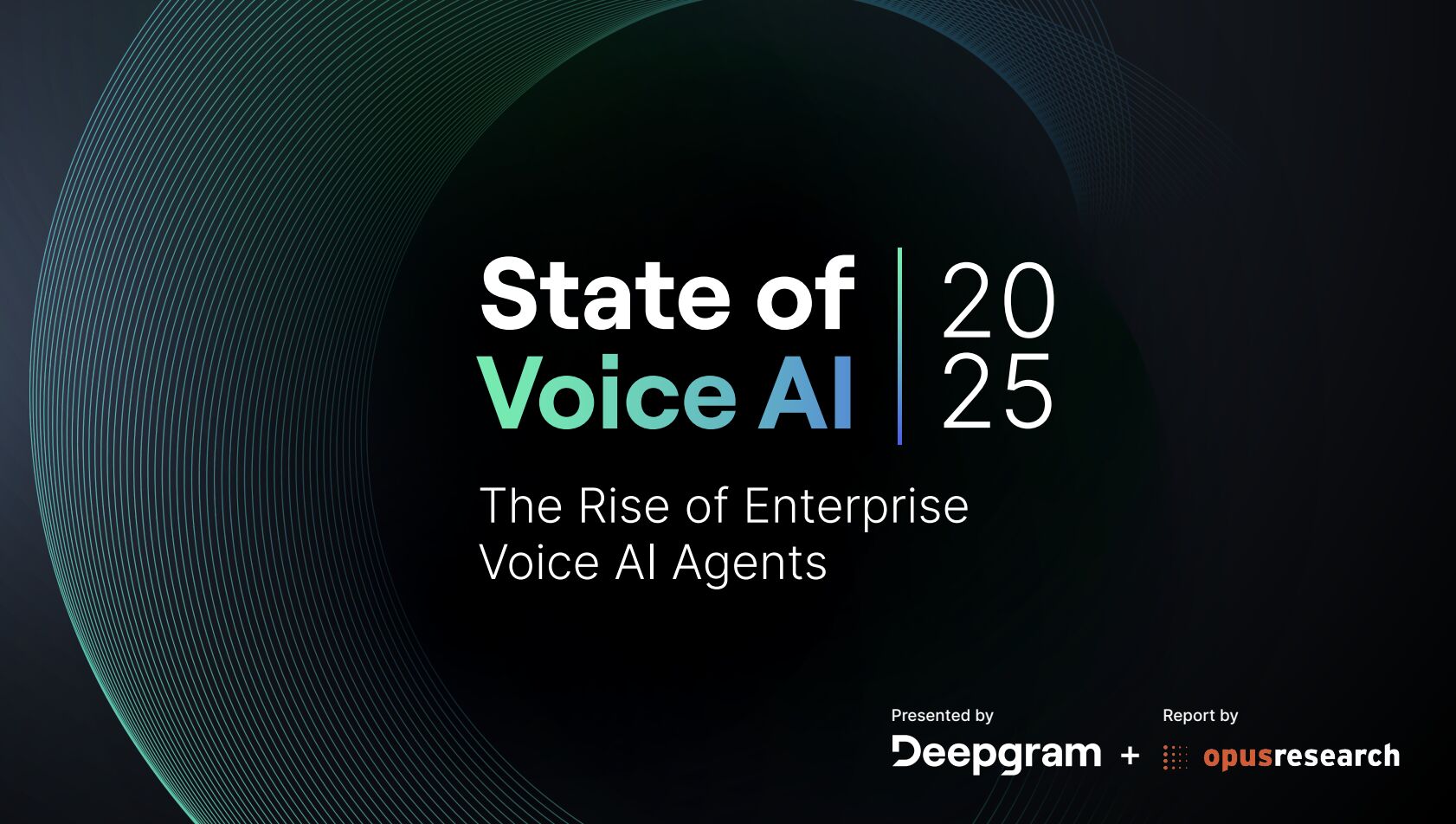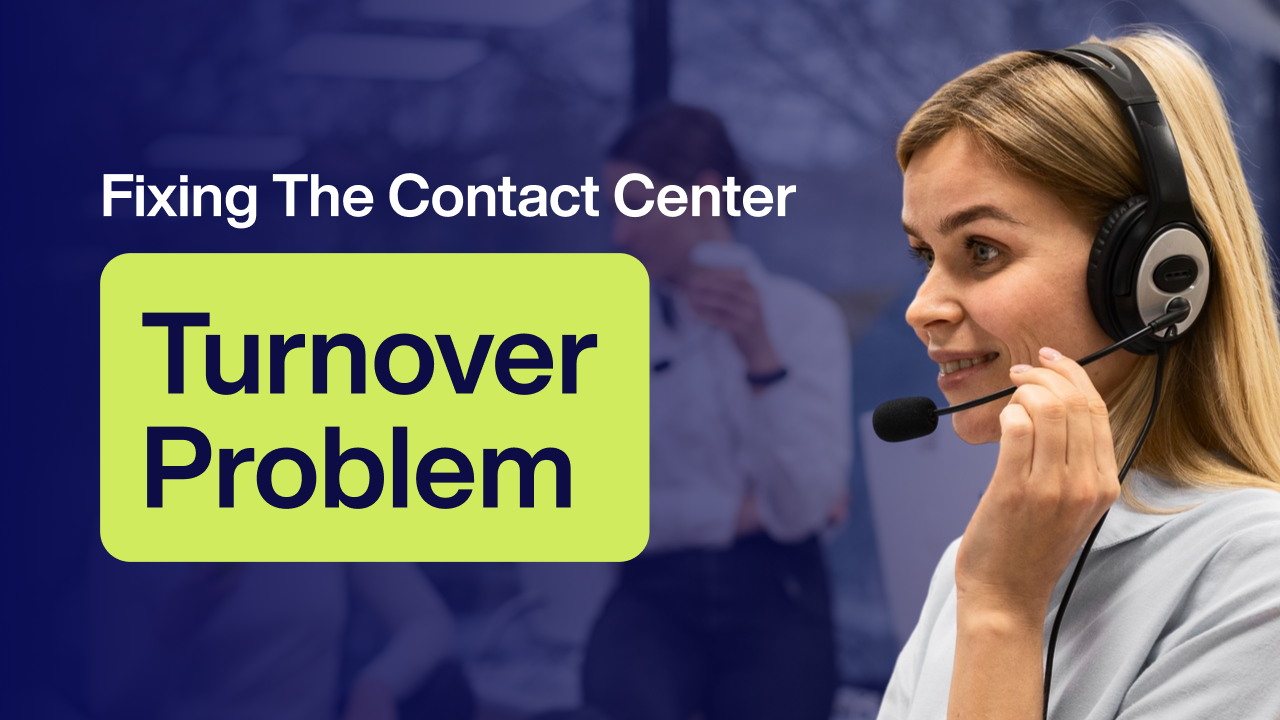AI & Financial Services: Where Compliance Meets Conversation
.png)

The Financial Services Balancing Act
Financial institutions face a complex challenge: customers want fast, convenient service while regulators demand careful compliance oversight. AI can speed up routine banking tasks but often struggles with the nuanced judgment calls that financial regulations require.
The solution isn't choosing between speed and compliance—it's strategically combining AI efficiency with human oversight to meet both customer and regulatory expectations.
Where AI Strengthens Compliance
Customer Identity Verification AI excels at initial identity verification steps, quickly checking documents against databases and flagging potential issues for human review. This speeds up account opening while maintaining security standards.
Transaction Monitoring AI systems continuously monitor account activity for suspicious patterns, enabling real-time fraud detection that human agents could never achieve manually. Automated alerts help banks meet anti-money laundering requirements efficiently.
Regulatory Documentation AI automatically generates required disclosures, tracks consent requirements, and maintains audit trails for routine transactions. This reduces human error in compliance documentation while freeing staff for complex cases.
Basic Account Services Balance inquiries, transaction history, and standard account management tasks follow clear regulatory guidelines that AI can implement consistently without compliance risk.
Where Human Judgment Remains Essential
Fraud Investigation and Resolution When AI detects potential fraud, human agents must investigate circumstances, communicate with concerned customers, and make nuanced decisions about account restrictions and resolution approaches.
Financial Advice and Planning Investment recommendations, loan decisions, and financial planning require human expertise to ensure suitability requirements are met and customer needs are properly assessed.
Sensitive Account Issues When customers face financial hardship, dispute charges, or need account modifications, human agents provide empathy and creative problem-solving while ensuring all regulatory requirements are followed.
Complex Compliance Situations Unusual transactions, regulatory exceptions, and cross-border financial activities often require human interpretation of regulations and business policies.
Building Trust Through Strategic Human Touch
High-Stakes Conversations Major financial decisions—mortgages, investments, business loans—require human relationship building and trust development that AI cannot provide. Customers need confidence in both the institution and the individual helping them.
Crisis and Emergency Support When customers experience fraud, identity theft, or urgent financial needs, human agents provide emotional support and advocacy that builds long-term loyalty during stressful situations.
Relationship Banking High-value customers expect dedicated human relationships for ongoing financial management. These interactions require understanding of individual circumstances and business judgment.
The Hybrid Compliance Model
Layered Security and Service Effective financial services hybrid models use AI for initial screening, verification, and routine compliance tasks while escalating complex situations to qualified human specialists with full context.
Real-Time Compliance Support AI assists human agents during complex conversations by providing relevant regulations, suggesting compliant language, and flagging potential issues before they become violations.
Audit Trail Integration Hybrid systems maintain complete compliance documentation across both AI and human interactions, ensuring regulatory requirements are met regardless of service delivery method.
Customer Experience Benefits
Speed Without Risk Customers receive fast service for routine banking needs while complex financial decisions get appropriate human attention and regulatory protection.
Consistent Compliance Experience Hybrid models ensure regulatory requirements are met consistently across all customer interactions, building trust through reliable, compliant service delivery.
Ready to implement compliant AI-human hybrid models for financial services? EGS helps financial institutions design customer service systems that optimize both regulatory compliance and customer experience.

No Spam —
Just Good Stuff.
Join our newsletter for actionable advice, insider knowledge, and strategies that drive real results.
No fluff, just value.
.png)
%20(1).png)
From The Blog
Read All Articles
Hybrid AI That Actually Moves the Needle in Healthcare RCM

How AI-Human Collaboration Elevates Quality Assurance on the Factory Floor

Why Nearshore Hybrid BPOs Outperform Offshore Automation Centers

How Hybrid AI Voice Bots Elevate CX and Make Agents Unstoppable

AI‑Human Hybrid Support That Elevates Fraud Detection and Compliance

How Hybrid AI Streamlines Healthcare Revenue Cycle—Without Losing the Human Touch

AI-human hybrid quality assurance for supply chain accuracy

Why Nearshore Hybrid BPOs Outperform Offshore Automation Centers

AI + Human QA on the Line: How Hybrid Teams Raise Manufacturing Quality

Why Nearshore Hybrid BPOs Outperform Offshore Automation Centers

How AI-Human Collaboration Elevates Quality Assurance in Modern Manufacturing

Hybrid AI That Keeps Schedules Full: Reducing Patient No‑Shows and Burnout

Why Nearshore Hybrid BPOs Outperform Offshore Automation Centers

Hybrid AI That Quietly Fixes Healthcare RCM—Starting With the Schedule

How AI-Human Collaboration Raises the Bar on Manufacturing Quality Assurance

How Hybrid AI Tackles the Toughest Banking Service Moments

AI + Human QA: How Hybrid Teams Catch Defects Early and Strengthen Audits

How Hybrid AI Cuts Churn in Telecom and Retail—Without Losing the Human Touch

Hybrid AI for Financial Services: Faster Resolution, Stronger Compliance, Human-Centered Support

Hybrid AI That Fills Schedules and Eases Burnout: Reducing Patient No-Shows in Healthcare

Hybrid AI-human support that strengthens fraud detection and compliance—without breaking customer trust

AI + Humans: Elevating Quality Assurance on the Factory Floor

AI-human hybrid quality assurance for supply chain accuracy

Hybrid AI That Keeps Schedules Full—and Clinicians Fresh

AI-Human Hybrid Support: Stronger Fraud Detection and Compliance at the Contact Center

Why Nearshore Hybrid BPOs Outperform Offshore Automation Centers

From Empty Slots to Full Days: Hybrid AI Scheduling That Reduces Burnout

From No‑Shows to Full Days: Hybrid AI That Fixes Provider Schedules Without Burning Out Staff

From Empty Slots to Full Schedules: Hybrid AI That Boosts Access and Reduces Burnout

Stop the Scheduling Spiral: Hybrid AI That Fills Schedules Without Burning Out Providers

Stop Empty Slots from Fueling Burnout: Hybrid AI-Human Scheduling for Health Systems

From Empty Slots to Full Days: Hybrid AI Scheduling for Health Systems

From Hold Music to Full Schedules: Hybrid AI That Lifts Provider Productivity Without Burning Out Staff

Stop the Scheduling Whiplash: Hybrid AI That Fills Last‑Minute Openings Without Burning Out Your Staff
.png)
Stop the Scheduling Spiral: How Hybrid AI Keeps Providers Productive and Patients Seen

E-commerce's Hybrid AI Advantages: From Order Status to Complicated Returns
.png)
Customer Service & Experience East 2025 (Reuters Events)
.png)
NACHC’s Workforce Conference (formerly FOM/IT)
.png)
Healthcare's AI-Human Sweet Spot: When Empathy Meets Efficiency
.png)
Choosing the Right Contact Center Technology Stack for Your Industry
.png)
Order Management Support: Where AI Excels & Where It Fails
.png)
Customer Success vs. Customer Support: When to Use AI vs. Human Touch

687% Increase in Referral Processing in 6 Months: How One Healthcare Organization Turned Its Patient Support Around

5 Warning Signs Your Medical Referral Process Needs Immediate Attention

AI‑Powered Healthcare Contact Centers: What CX Leaders Need to Know

AI‑Powered Healthcare Contact Centers: What You Need to Know

Healthcare Contact Centers: What Others Are Just Diagnosing, EGS Has Already Solved

Real-Life Use Cases of Contact Center Automation for Cost Reduction

5 Proven Use Cases of Contact Center Automation That Cut Costs by Up to 30%

How Leading Companies Are Reducing Support Costs and Boosting Customer Satisfaction with AI

Real-Life Use Cases of Contact Center Automation for Cost Reduction

Unlocking Efficiency, Speed, and Patient Satisfaction through AI

How Healthcare Leaders Can Leverage AI to Transform Customer Experience (CX)

FQHC-Led Medicaid ACO Innovation: How Illinois is Reinventing Community Care through Value-Based Models

Expanding Access to Mental Health: How Telebehavioral Health Is Transforming Care in Frontier Idaho

Idaho’s Medicaid Expansion: Fueling Growth and Stability in Community Health Centers

Integrating Native Hawaiian Healing Practices: A Cultural Shift in Community Healthcare

Connecting Islands Through Telehealth: How Hawaii’s FQHCs Are Breaking Barriers with Virtual Care

How EGS Leverages Extensible, Integrated Technology to Simplify Health Systems

Addressing Georgia's Maternal Health Crisis: How FQHCs Are Leading the Way

Georgia’s Medicaid “Pathways” Program: A Partial Step, A Full Challenge for FQHCs

Delivering Care in the Fields: How Florida’s FQHCs Reach Migrant Farmworkers with Mobile Clinics

Florida’s FQHCs: The Safety Nets Holding Up Primary Care in a Non-Expansion State

Bridging Academia and Community Health: How Delaware’s FQHCs Are Driving Wellness Through University Partnerships

















.png)


.png)
.png)
.png)
.png)
.png)
.png)
.png)
.png)
.png)
.png)





